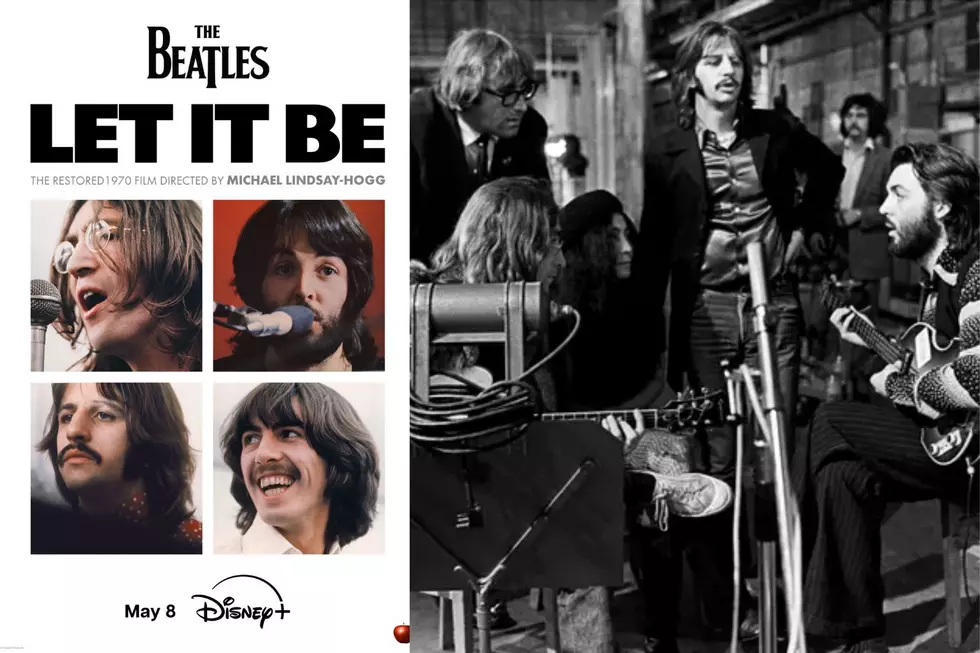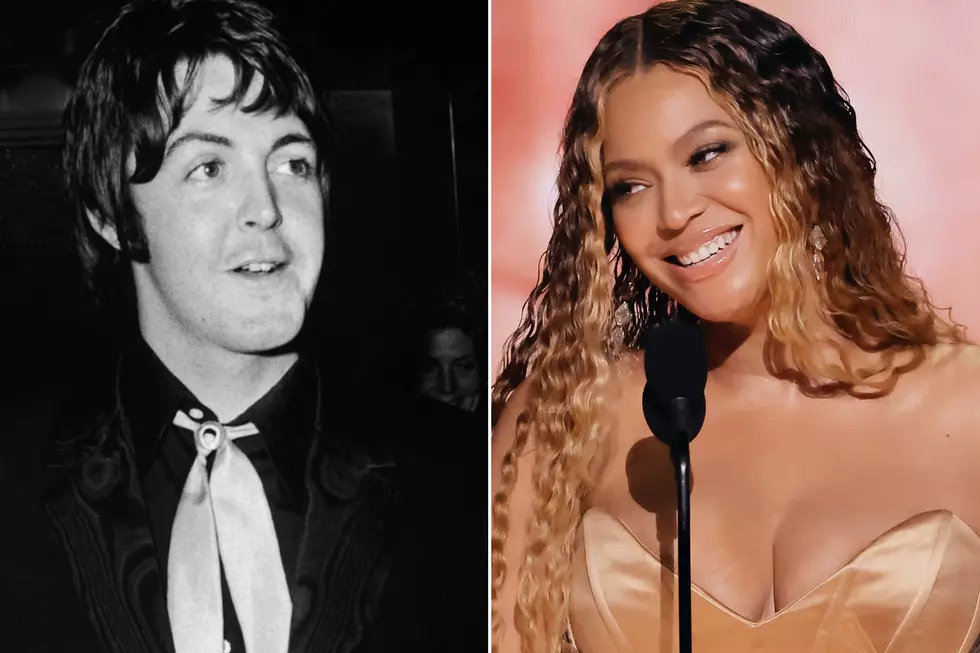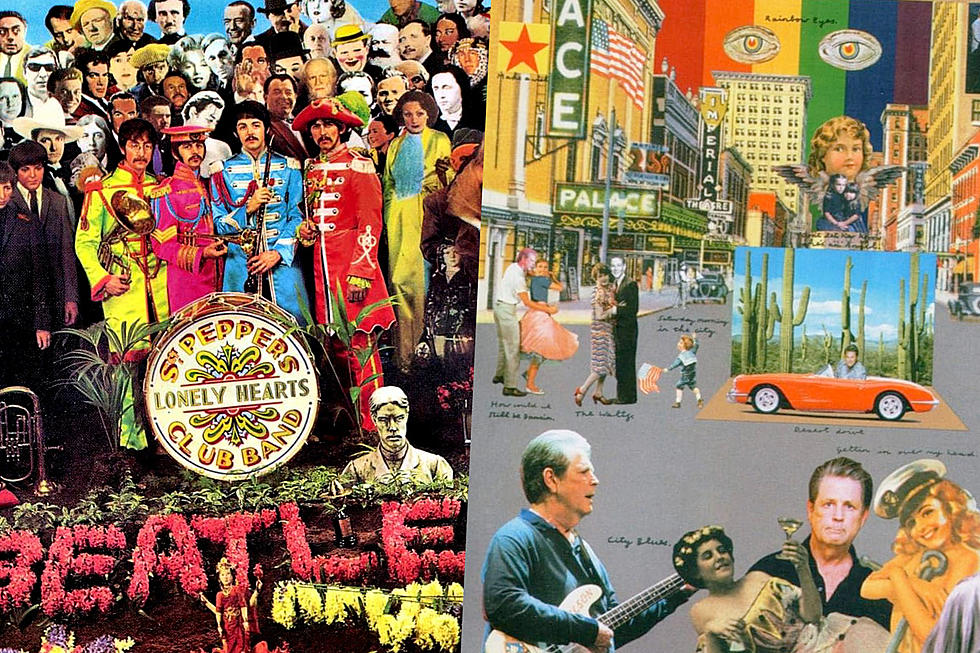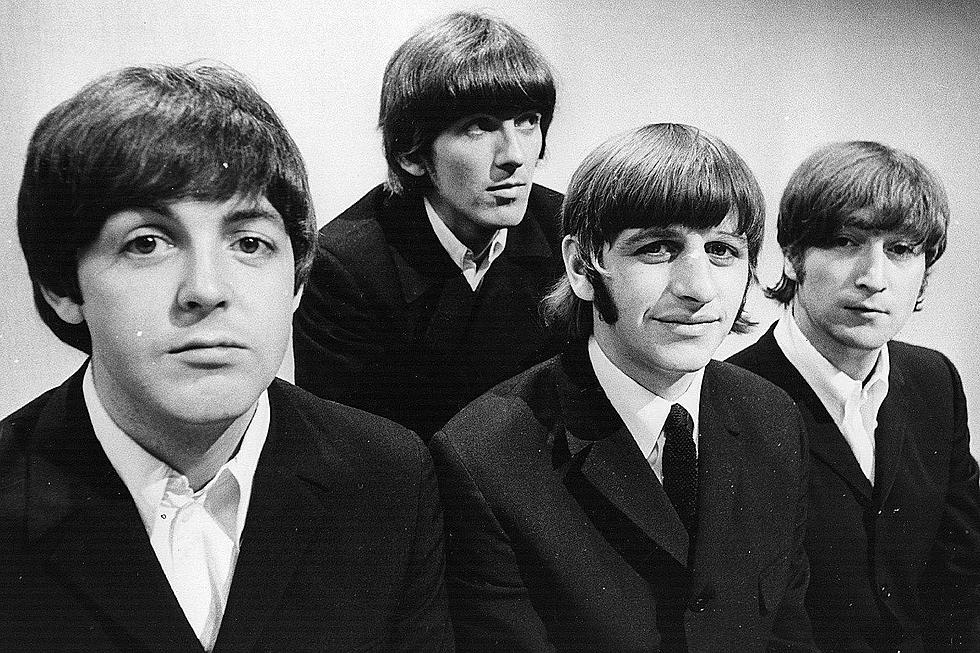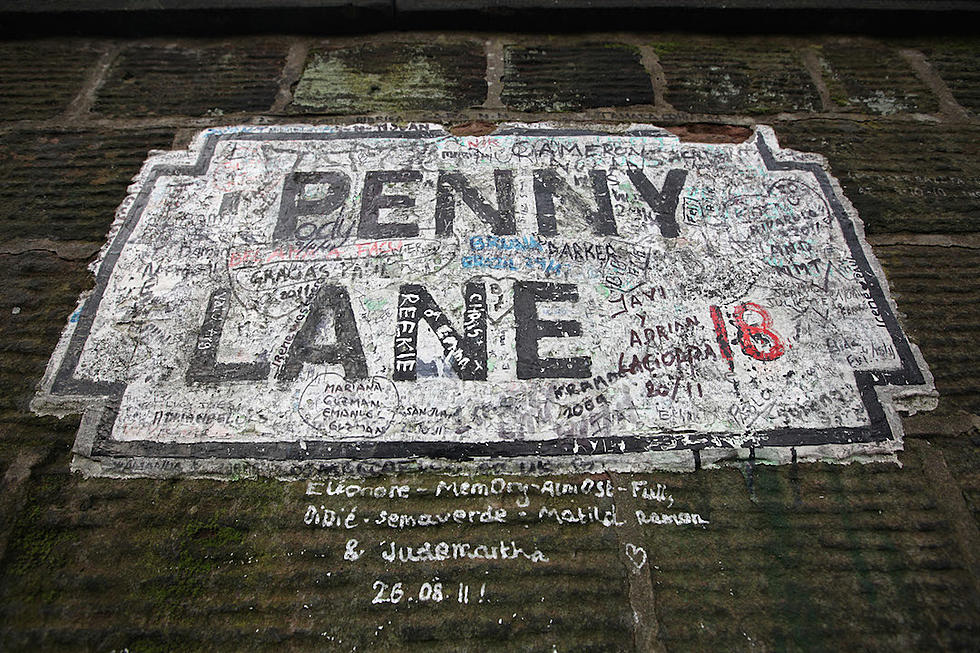
The Day the Beatles Began Recording ‘Penny Lane’
A decision to give up touring in August 1966 gave the Beatles unlimited and unprecedented time to spend in the studio experimenting and inventing new recording techniques. One of the first songs to come out of that period, Paul McCartney’s "Penny Lane," was first committed to tape on Dec. 29, 1966.
Not much was done on this first day. According to Mark Lewisohn’s The Beatles Recording Sessions: The Official Abbey Road Studio Session Notes 1962-70, McCartney laid down three separate tracks of piano, running one through a Vox guitar amplifier and another recorded at half-speed. These three tracks, along with a fourth track of percussion and sound effects, were bounced down – the process of combining all four tracks of tape onto one track to free up more space – on the next day.
Over the next two and a half weeks, the Beatles would build upon McCartney’s track, also adding woodwinds and horns, but the coup de grace would come on the final session on Jan. 17, 1967. Earlier in the week, McCartney had seen a performance on television of Bach’s "Brandenburg Concerto No. 2 in F Major" and was impressed by the piccolo trumpet playing of David Mason of the New Philharmonia. Mason was brought in for the session and, for the union fee of £27 and 10 shillings – roughly $50 today – recorded one of the most famous horn parts in rock history.
The lyrics depict the bustling intersection in a residential neighborhood southeast of the heart of Liverpool, where Penny Lane, Allerton Road, Church Road and Heathfield Road all meet, not too far away from where John Lennon spent the first few years of his life. McCartney fashioned a nostalgic portrayal of the roundabout, where the lives of a barber, banker, fireman and nurse intertwine. The destination has since become a major tourist attraction in the city.
Listen to the Beatles' 'Penny Lane'
“It was childhood reminiscences,” McCartney said in Barry Miles’ Many Years from Now. “There is a bus stop called Penny Lane. There was a barber shop called Bioletti's, with head shots of the haircuts you can have in the window, and I just took it all and arted it up a little bit to make it sound like he was having a picture exhibition in his window.
"It was all based on real things," McCartney added. "There was a bank on the corner so I imagined the banker – it was not a real person – and his slightly dubious habits and the little children laughing at him, and the pouring rain. The fire station was a bit of poetic license. There's a fire station about half a mile down the road, not actually in Penny Lane, but we needed a third verse so we took that and I was very pleased with the line 'It's a clean machine.’”
To further emphasize the idea that this was a look back at their childhood, they added a line straight out of their schoolboy humor, one that went over the heads of most listeners. “And we put in a joke or two,” McCartney added in Anthology. “'Four of fish and finger pie.' The women would never dare say that, except to themselves. Most people wouldn't hear it, but 'finger pie' is just a nice little joke for the Liverpool lads who like a bit of smut.”
"Penny Lane" was released with another of those newly recorded songs, "Strawberry Fields Forever." This double A-sided single is arguably the greatest in rock history, yet became their first since "Love Me Do" to not reach No. 1 on the British charts. The song that kept it out? "Please Release Me (Let Me Go)" by Englebert Humperdinck.
The Best Song From Every Beatles Album
The Beatles Are One of the Bands Who Hated Their Own Album
More From Ultimate Classic Rock
